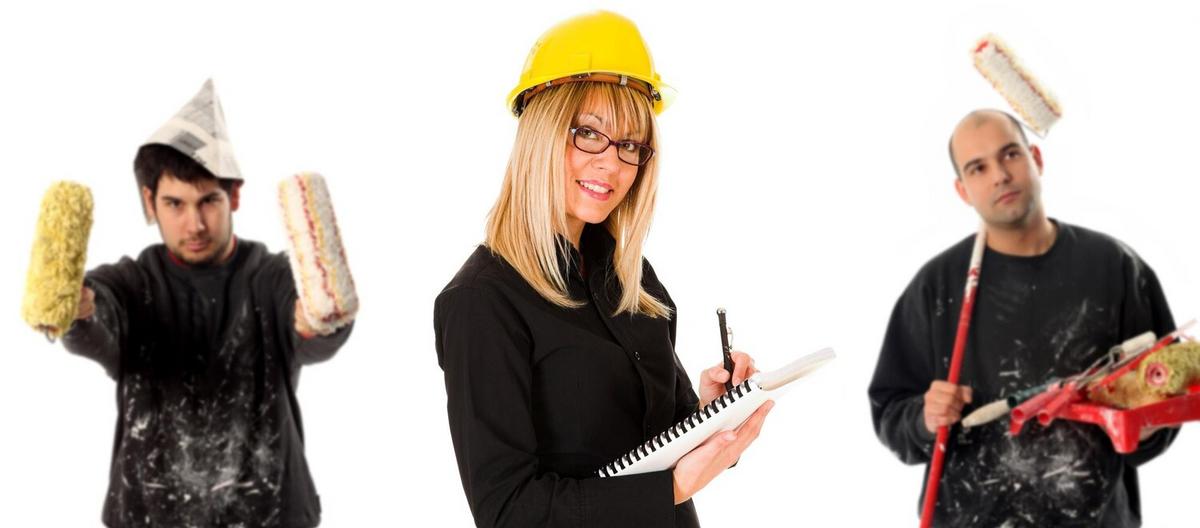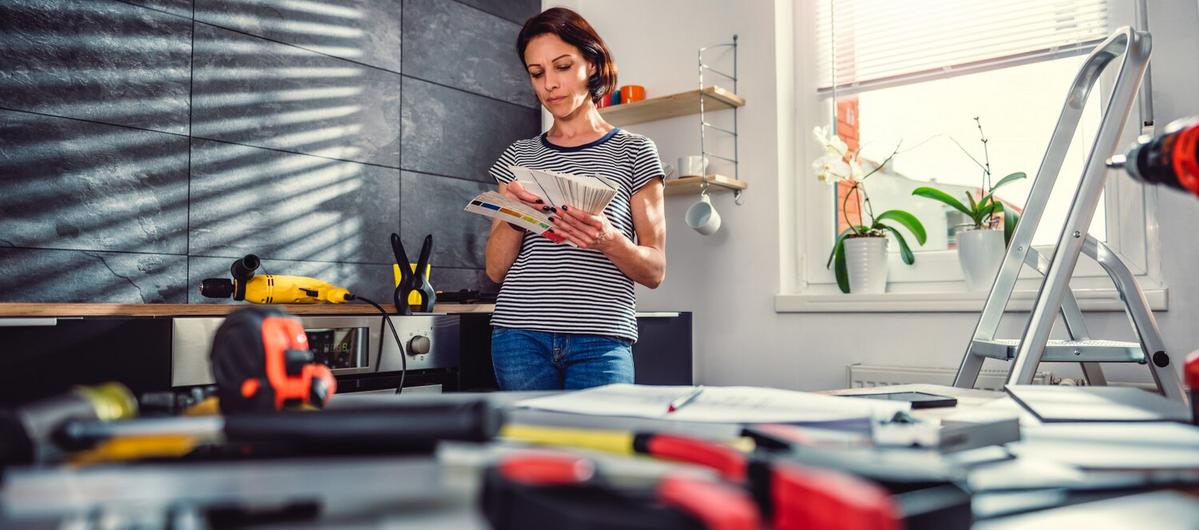Embarking on home DIY projects can be both thrilling and rewarding, but ensuring safety should always be your top priority.
Home improvement ventures allow you to personalize your space, potentially save money, and gain a sense of accomplishment. However, without proper precautions, these projects can pose significant risks. Whether you’re a seasoned DIYer or a novice, understanding the essentials of safety can mitigate hazards and ensure a successful outcome.
Understanding the Risks
Before diving into any project, it’s crucial to be aware of the potential dangers. According to the Consumer Product Safety Commission, over 200,000 people are injured annually during home renovation projects. This statistic highlights the importance of adhering to safety guidelines.
Expert Insights
Home safety expert, Michael Roberts, emphasizes, “Preparation is key; knowing your tools and understanding their uses can prevent most accidents.” This advice underscores the importance of familiarizing yourself with every tool you plan to use.
Personal Experiences
A close friend of mine once attempted to install a ceiling fan without shutting off the power supply. This oversight led to a shocking experience—literally. Thankfully, they escaped with just a scare. This anecdote serves as a reminder to always double-check power sources before starting electrical work.
Essential Safety Tips
Gear Up Properly
- Protective Eyewear: Safeguard your eyes from dust and debris.
- Gloves: Use gloves to protect your hands from cuts and chemicals.
- Ear Protection: Reduce the risk of hearing damage when using loud tools.
Plan and Prepare
- Read Instructions: Carefully read manuals and safety warnings for tools and materials.
- Secure the Area: Keep children and pets away from the work zone.
Tools and Equipment
Ensure tools are in good working condition. Regular maintenance checks can prevent malfunctions. A table of common tools and their safety checks is provided below:
| Tool | Safety Check |
|---|---|
| Drill | Inspect the cord for damage |
| Saw | Ensure blades are sharp and secure |
| Ladder | Check for stability and defects |
| Paint Sprayer | Test for leaks |
| Hammer | Check the handle for cracks |
| Screwdriver | Ensure tips are not worn |
| Wrench | Inspect for rust and wear |
| Utility Knife | Replace dull blades |
Additional Resources
For further information on DIY safety, check out the Consumer Product Safety Commission website, which offers detailed safety tips and resources.
Frequently Asked Questions
What is the most common DIY injury?
According to safety reports, lacerations and falls are among the most common injuries.
How often should I check my safety gear?
Inspect your safety gear before each project to ensure it is in good condition.
Can I use damaged tools?
No, using damaged tools increases the risk of accidents and should be avoided.
Conclusion
Home DIY projects can be a fulfilling endeavor, but safety must always come first. By following the tips outlined and remaining vigilant, you can ensure both a safe and successful experience. Make safety your primary tool in every project, and you’ll enjoy the process and results with peace of mind.




Leave a Reply